· Home Pole Dance · Pole Dancing · 9 min read
Standard Pole Diameter: Essential Guide for Optimal Selection
When I first started exploring the world of poles, I was intrigued by the sheer variety in sizes and types. It didn't take long for me to realize that the diameter of the pole played a significant role in the overall user experience.
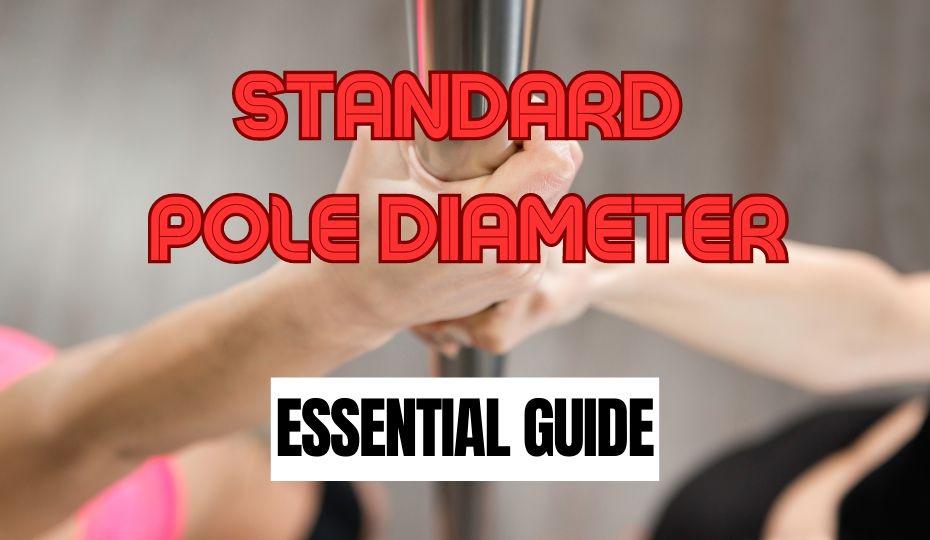
Also read 40mm Vs 45mm Vs 50mm Dance Poles
Key Takeaways
- 🏋️♀️ Emphasize on the importance of understanding the standard pole diameter (typically between 45mm and 50mm) when selecting a pole for pole dancing for optimal safety, control, and comfort.
- 🤲 Consider hand size, grip strength, and comfort when choosing a pole diameter. It’s not a one-size-fits-all scenario, and the standard 45mm and 50mm sizes are suggested averages that suit most individuals.
- 🚫 Understand the potential consequences, such as safety implications and performance impact, if planning to deviate from the standard pole diameter.
- 🏡 Pay attention to the requirements and considerations for installing a pole at home, including sufficient space, ceiling support, stability and the role of standard diameter in weight support.
- 🧹 Regular maintenance, including checking for wear and tear, keeping it clean and dry, and ensuring the pole’s tightness and alignment, is crucial for ensuring a safe and effective pole dancing experience.
Also read Core Exercises For Pole Dancing
Understanding the Importance of Standard Pole Diameter
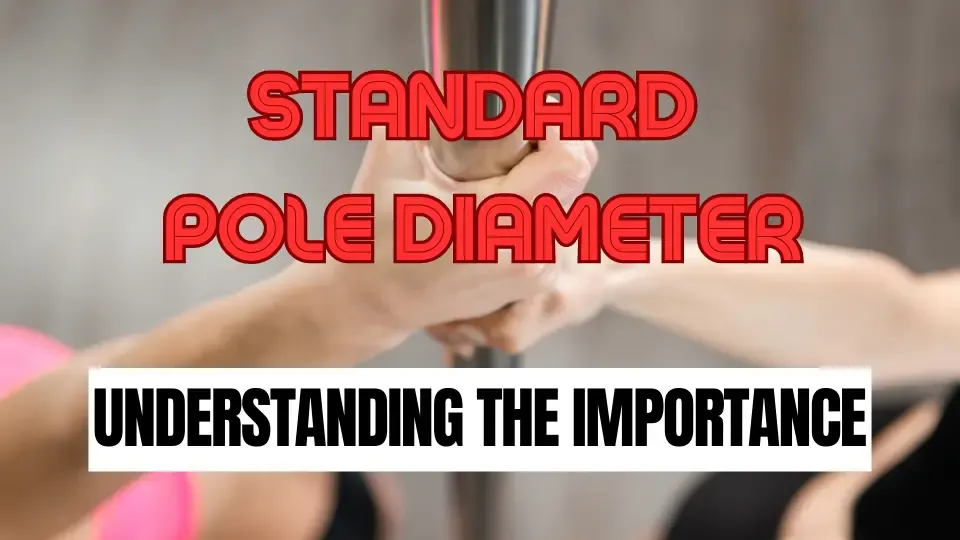
When I first started exploring the world of poles, I was intrigued by the sheer variety in sizes and types. It didn’t take long for me to realize that the diameter of the pole played a significant role in the overall user experience. Why does this matter, you may ask? The standard pole diameter is crucial as it impacts grip, control, and comfort during use. Whether it’s for pole dancing, construction, or even street signage, the correct pole diameter size can make a world of difference in terms of usability and safety.
In this article, we aim to delve into the importance of understanding pole dimensions, particularly the standard pole diameter. We’ll look at why it’s essential, how it varies across different contexts, and the potential consequences of deviating from the standard.
Whether you’re considering buying a pole for personal use, planning an installation, or just curious about pole diameters, this article should help you understand the importance of the standard pole diameter. We aim to provide you with the key information needed to make informed decisions when it comes to choosing a pole with the right diameter. So, let’s get started on this journey of understanding pole dimensions!
Also read How To Become A Pole Dance Instructor
Grasping the Concept of Standard Pole Diameter
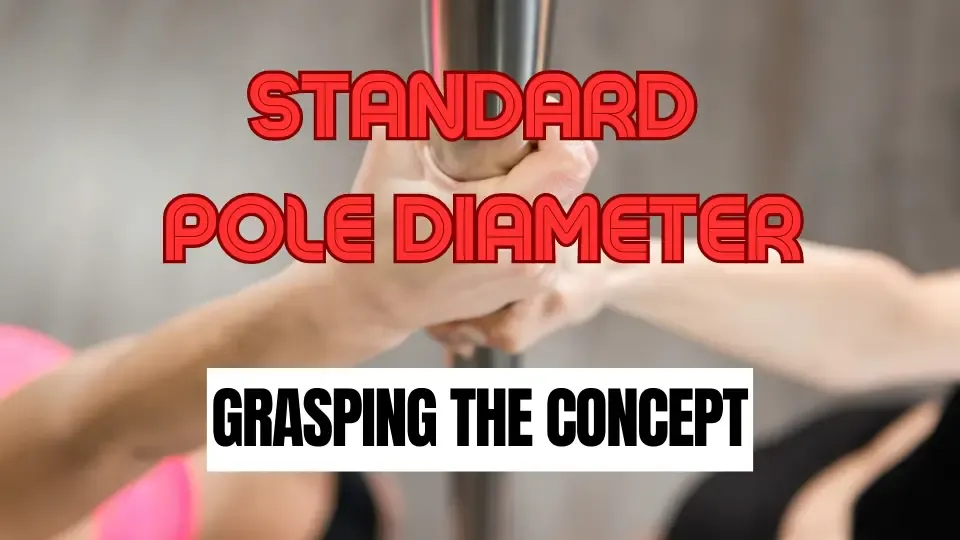
As a pole dancer, understanding the significance of pole diameter can enhance your overall experience and safety. This section delves into the importance of the standard pole diameter within the realm of pole dancing and what makes certain sizes the ‘standard’.
Standard Pole Diameter in Pole Dancing
Within the context of pole dancing, the term ‘standard pole diameter’ refers to the most commonly used pole diameter sizes that balance both grip and comfort. The standard pole diameter typically falls between 45mm and 50mm. These measurements have been widely adopted in the pole dancing community because they provide a comfortable grip while ensuring stability and control during routines.
Average Pole Diameter Sizes in Pole Dancing
In terms of averages, the industry gravitates towards the 45mm and 50mm diameters. These sizes are preferred due to their ability to accommodate various hand sizes and grip strengths. As a result, they’ve earned the status of being the ‘standard’ in the industry.
If you’re a beginner, these average sizes can offer a comfortable introduction to the sport. However, for seasoned dancers or individuals with unique needs, you might find value in exploring poles with diameters slightly outside of the standard range.
The key takeaway here is that the concept of standard pole diameter is a guiding reference rather than a fixed rule. It helps dancers navigate their way towards a pole that best suits their individual needs and style.
Also read Gym Routine For Pole Dancers
Tailoring Your Pole Diameter Choice to Personal Needs
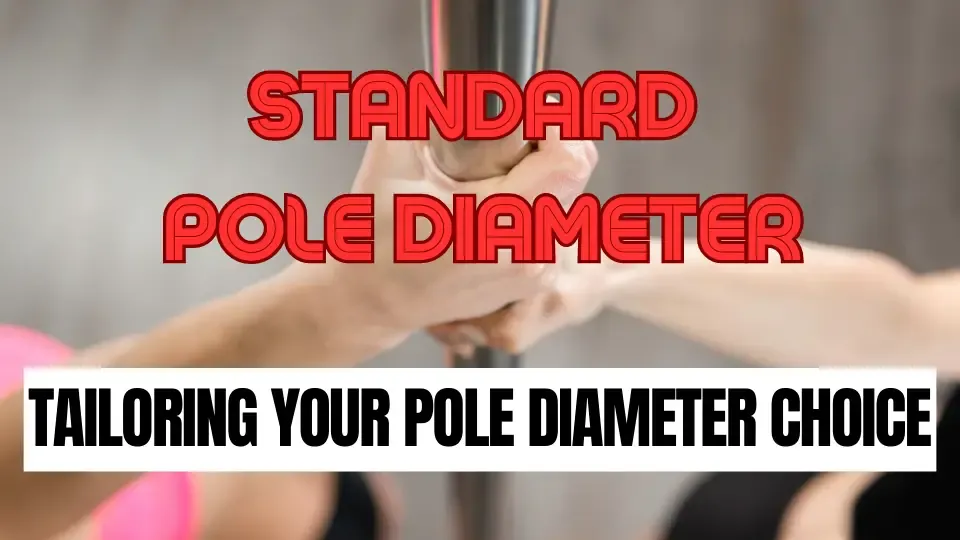
When it comes to pole dancing, not one size fits all. Various factors influence the right pole diameter for you. This section will help you understand those factors and guide you towards making a sound pole purchase decision.
Factors Influencing Pole Diameter Choice
Choosing the right pole diameter for pole dancing is not just about the industry standards. Individual factors play a significant role as well. These factors might include your hand size, grip strength, and your comfort and confidence while dancing.
A smaller diameter pole (around 45mm), for example, might be suitable if you have smaller hands or struggle with grip strength. On the other hand, a larger diameter pole (50mm or more) can provide a broader base for performing advanced moves, provided you have the hand size and grip strength to manage it effectively.
Guide to Making a Sound Pole Purchase Decision
When purchasing a pole, consider your specific needs and situation. Evaluate your hand size, grip strength, and the type of dance routines you prefer. This will help you select the most suitable pole diameter, whether it be the standard 45mm and 50mm or something a little different.
It might also be worth trying different pole diameters before purchasing one. If you attend a pole dancing class, take the opportunity to practice on various sizes to determine which feels the most comfortable for your routine.
Remember, the best pole for you is one that you feel confident and secure dancing with, even if it deviates slightly from the standard pole diameter.
Also read Pole Dancing Shorts
Potential Consequences of Deviating from the Standard Pole Diameter
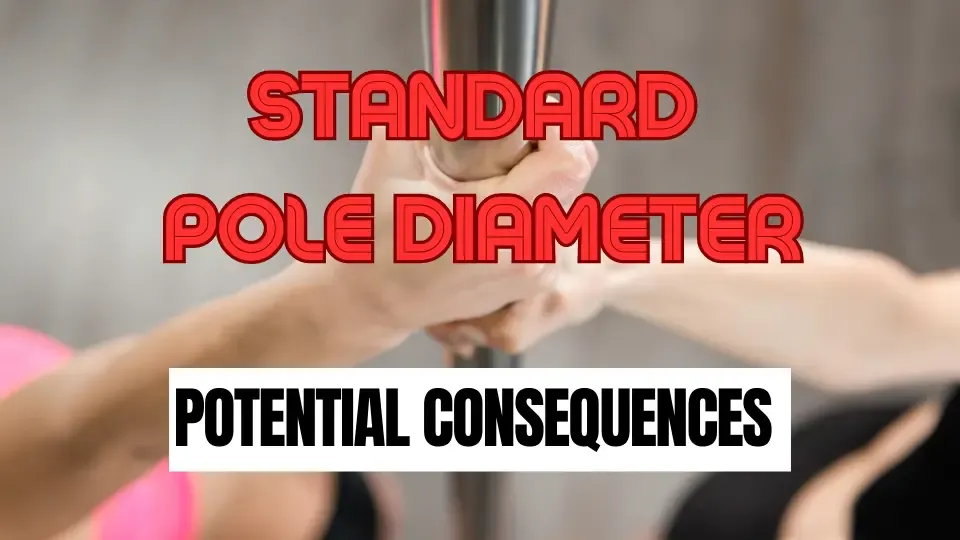
Choosing the right pole diameter for pole dancing isn’t just about preference. There are important safety and performance aspects to consider, especially when thinking about straying away from the standard pole diameter. Let’s delve into the possible implications.
Safety Implications of Non-Standard Pole Diameters
Safety is paramount in pole dancing, and the diameter of your pole plays a significant role. A pole with too large a diameter could strain your grip, increasing the risk of slips and falls. Conversely, a pole with a very small diameter, while easier to grip, might not provide a sufficient contact area for some moves, potentially compromising safety.
The Impact of Non-Standard Pole Diameters on User Comfort and Performance
Your pole’s diameter can also directly impact your comfort and performance. A non-standard pole diameter might cause discomfort during extended practice sessions or inhibit certain moves, affecting your overall dancing experience. For instance, a larger diameter pole might make intricate grip-based moves more challenging, whereas a smaller diameter pole might make body-based moves feel less stable.
The key takeaway? While there’s room for personal preference in choosing your pole diameter, always consider the potential safety implications and performance impact. Remember, the ultimate goal is to ensure a comfortable and safe pole dancing experience.
Also read How Strong Are Pole Dancers
Preparing for a Standard Pole Diameter Installation at Home

So, you’ve made the decision to bring the art of pole dancing into your home. That’s great! But remember, ensuring a safe and efficient pole installation requires a bit of homework, particularly in understanding the role of pole diameter.
Home Installation Requirements and Standard Pole Diameter
One crucial aspect is knowing the standard pole diameter for home installations. The usual diameter of 45mm is considered the most ergonomic and versatile for a variety of hand sizes and grip styles, promoting ease of use for beginners and seasoned dancers alike.
Ensure the area where you plan to install the pole has sufficient space for safe dancing, and that the ceilings can handle the weight and pressure exerted by the pole and dancer. You might need professional assistance for accurate measurements and installation.
Weight Support and Stability: The Role of Pole Diameter
A pole’s diameter directly affects its stability and weight support capabilities. Larger diameter poles can typically support more weight, but they can be challenging for smaller hands to grip. The standard 45mm diameter pole provides an excellent balance of support, stability, and comfort for most pole dancers.
Remember, preparing your home for pole dancing is an exciting step, and making informed choices around the standard pole diameter will set the stage for a safe and satisfying experience.
Also read Best Freestanding Dance Poles
Ensuring Optimal Safety and Performance with Standard Pole Diameter
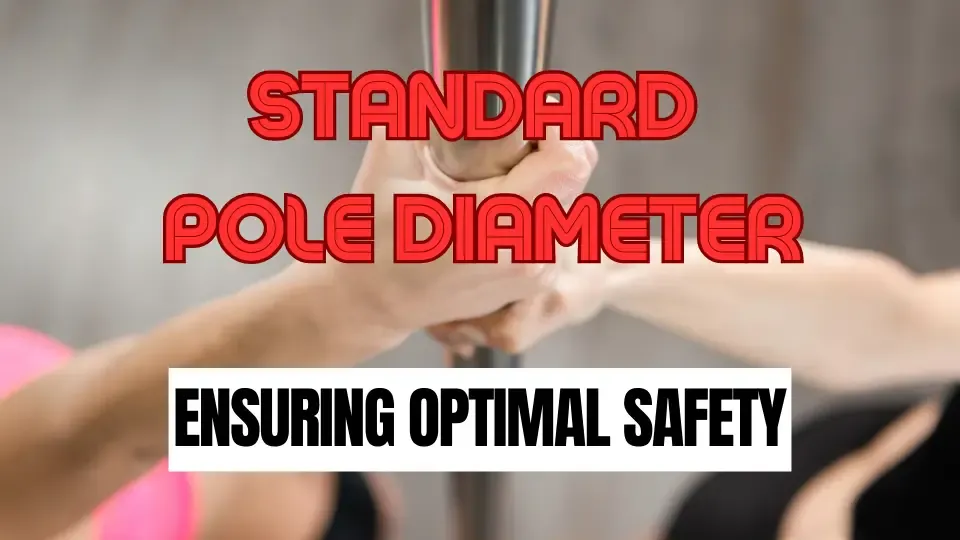
When you begin your pole dancing journey, there are multiple factors to consider, including the dance style, fitness goals, and, of course, safety. A significant aspect contributing to all these is your pole’s diameter. Understanding this connection can help you get the most out of your sessions, while also ensuring your safety.
How Right Pole Diameter Contributes to Safe and Efficient Use
A pole with the standard diameter (45mm) can enhance your pole dancing experience in several ways. Firstly, it’s perfect for maintaining a strong and comfortable grip, which is critical for executing moves correctly and safely. Also, the standard diameter helps with efficient transitions between different moves, providing a seamless flow to your dance routine.
The 45mm diameter is not arbitrary; it’s the result of research and testing, aligning with the typical hand sizes and grip strength of the majority of pole dancers. Using a pole with the standard diameter can mitigate the risk of falls and injuries, ensuring your safety during each session.
Tips for Maintaining and Checking Pole Condition
Maintaining your pole in good condition is crucial for safety and performance. Regularly check your pole for any signs of wear or damage. Ensure it’s clean and dry before each session to prevent slips. Also, monitor the tightness and alignment of your pole; a wobbly or uneven pole can pose a safety hazard.
Remember, using a pole with the standard diameter and keeping it in good condition are vital steps in ensuring a safe and effective pole dancing experience.
Also read Can You Pole Dance With Sweaty Palms
Conclusion
In the world of pole dancing, every detail matters. And when it comes to equipment, understanding the significance of the standard pole diameter is a crucial factor that influences safety, performance, and user experience.
Recap of Key Information
From understanding the standard pole diameter of 45mm and how it relates to the context of pole dancing, to making informed purchase decisions based on personal needs, we’ve covered essential ground. We’ve also delved into the potential consequences of deviating from the standard, discussed home installation requirements, and highlighted how the correct pole diameter contributes to safety and efficient use.
The Importance of Considering Standard Pole Diameter When Choosing a Pole
Remember, the standard diameter is not just a number; it’s a guideline shaped by research, testing, and feedback from dancers worldwide. Keeping this factor front-of-mind when choosing a pole can guide you towards making a decision that ensures comfort, enhances performance, and prioritizes safety. The power of an informed decision lies in its potential to transform your pole dancing journey, so let this knowledge guide you on your path.



